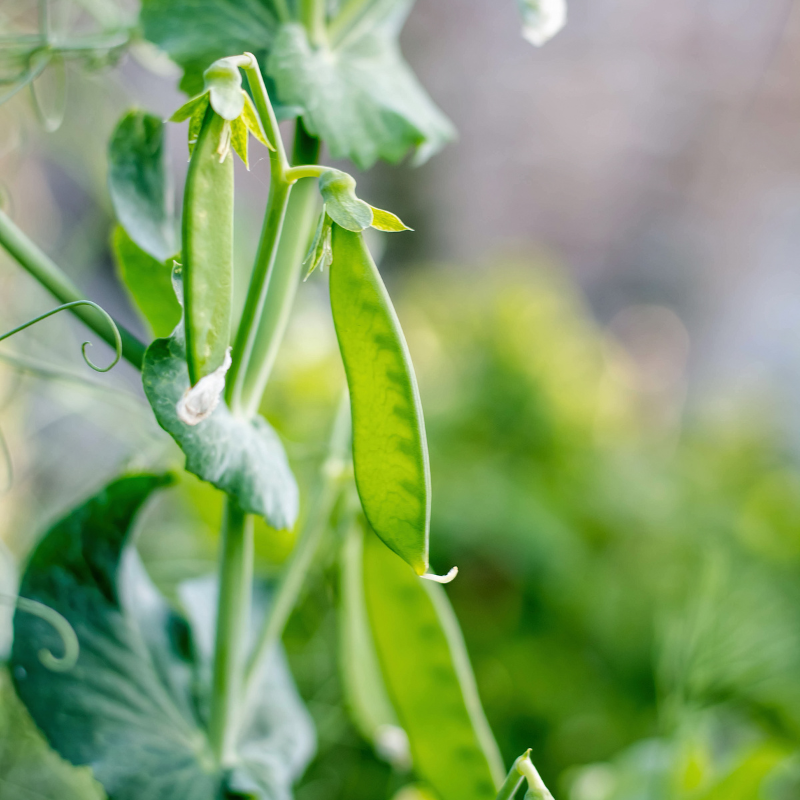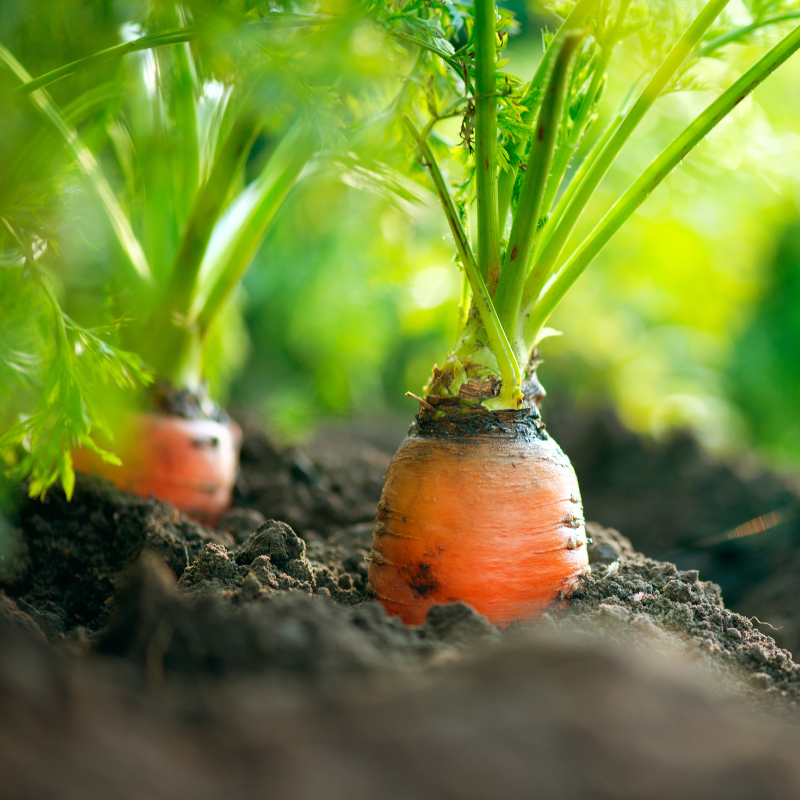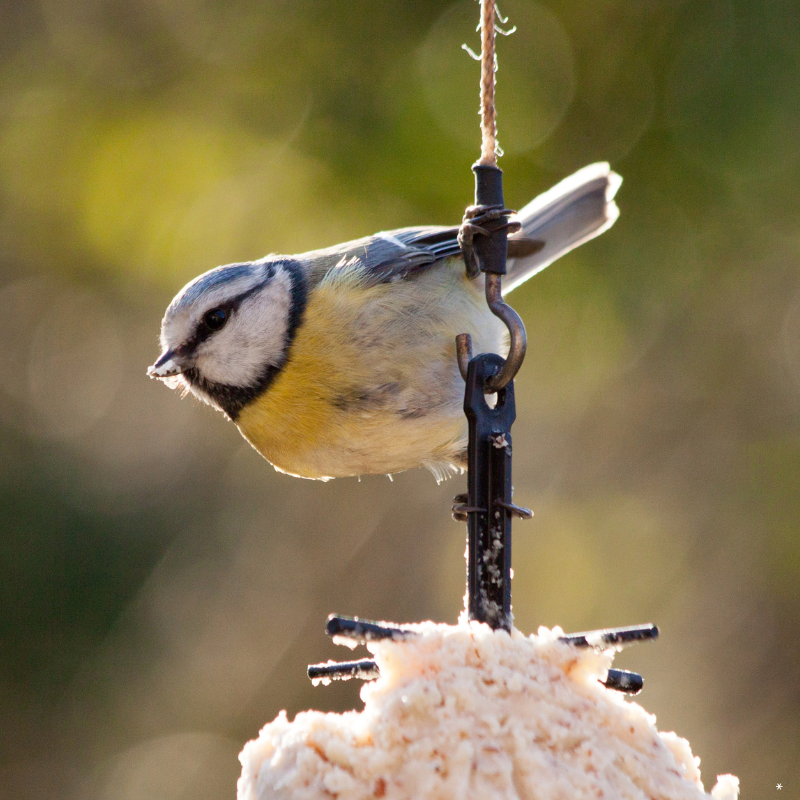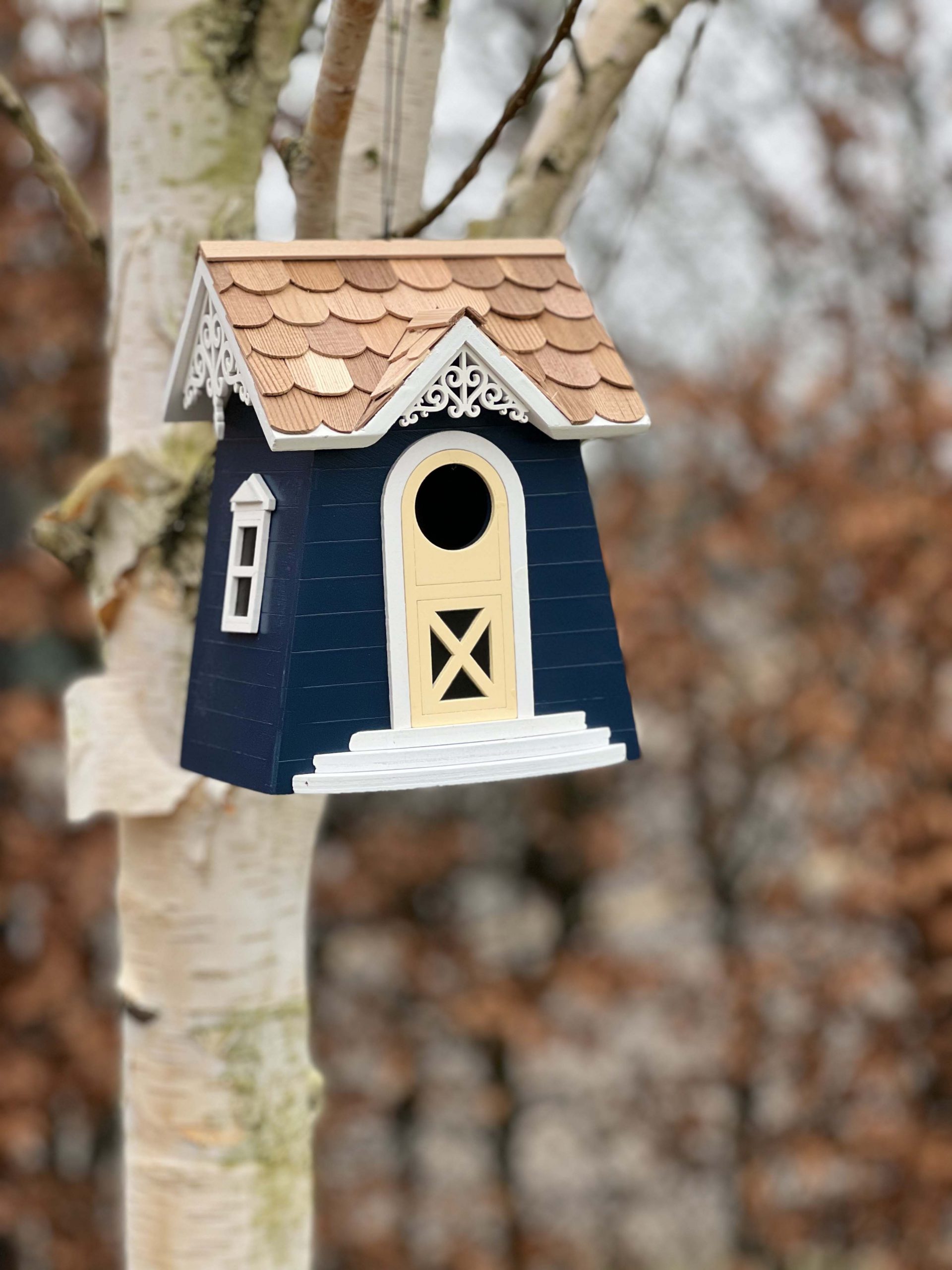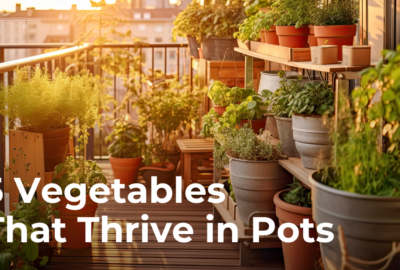Blog, Gardening Advice
16 Things to Plant this February
With spring fast approaching, many people are searching for the best things to plant in February.
February is a really great month to start sowing your bedding plants under cover in time for warmer spring and summer days. By sowing seeds in the lead-up to spring you can get more from your plants, allowing you to enjoy blooms and vegetables for a larger portion of the year.
If you have a greenhouse, now is the perfect time to sow flowers for spring-summer blooms, as well as several varieties of vegetables which you can then bring outside in warmer months. For those without one, warm conservatories and well-lit window sills work very well, too. In addition, February presents several opportunities to sow some seeds straight into the ground, and cover them with cloches or blankets until the frosts stop.
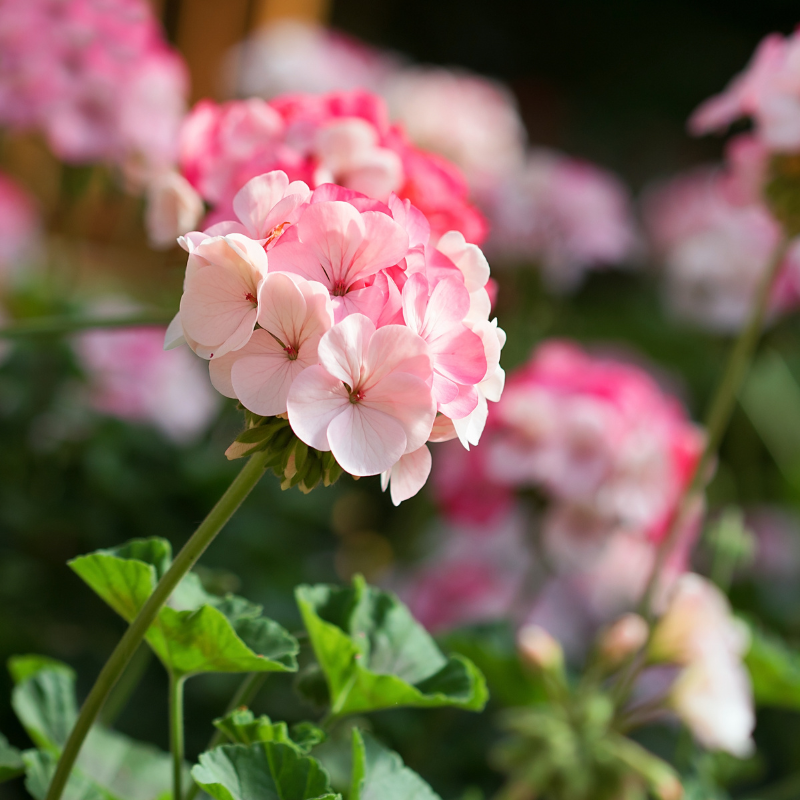
The Best Flowers to plant in February
Geraniums
Geraniums, a colourful favourite of many gardeners, can be planted in garden beds, as well as in containers and hanging baskets.
These herbaceous perennials are best planted in moist but well-drained soil. Ensure seeds are spread apart so they have room to germinate. When sown, cover them with a layer of compost and then water using a mister.
Plant geraniums inside in a greenhouse or warm window-sill in February and bring them outdoors in mid March/early April or when temperatures are warmer.
Pertunia
Petunias are popular flowering annuals. They come in a range of colours, but are most commonly seen in shades of pink and white. They are best planted in large plant pots or open ground as they need a lot of room to grow.
When sowing petunia seeds, make sure there is plenty of space in the soil. They are best sown in moist but not damp soil.
Petunia seeds need lots of light to germinate, so when they have been sown, do not cover them with any layer of compost and keep them in a very well-lit area, such as a South-facing window if you have one.
Plant them outside in large pots or flower beds, with plenty of space, in May when the frost has gone.
Nicotiana
Nicotiana is a lovely high-flowering herbaceous plant, which blooms all summer. It adds much-needed height to gardens, so is best planted somewhere where it is able to gain this, such as in flower beds or large plant pots.
Nicotiana needs to be sown thinly, in dry-moist soil. It is helpful to mix a teaspoon of sand with the seeds before sowing them, as this will help to prevent overcrowding after germination. Nicotiana is best sown in growing cells or small pots. Do not cover seeds with compost once sown as, like Petunia, they need plenty of light.
Plant them outside when frost has gone, in late April- early May.
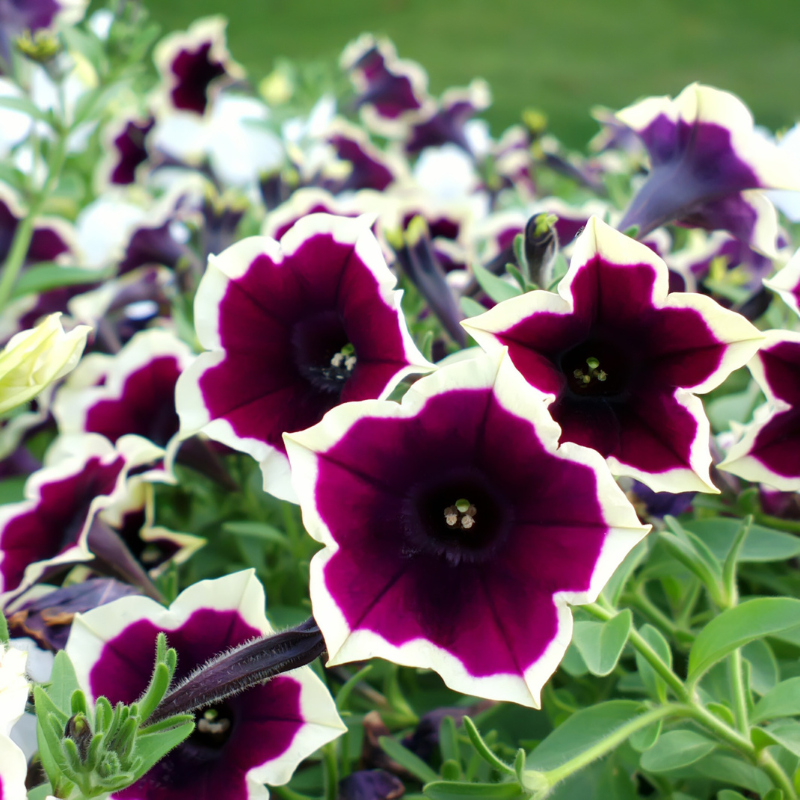
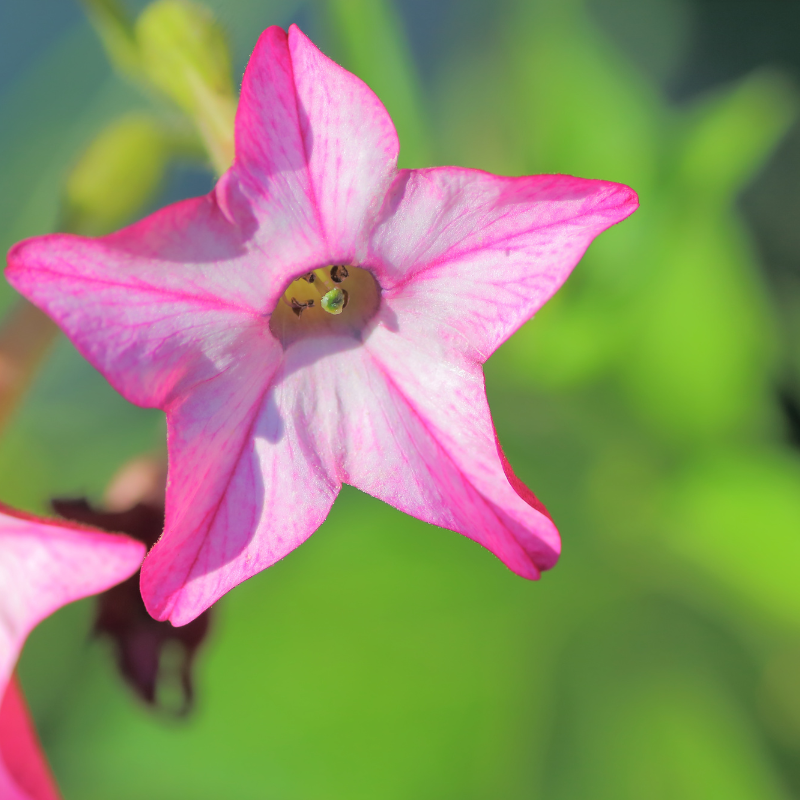
Sweet peas
Sweet peas, loved by many for their bright, cheery colours and low-maintenance, are annuals that can be planted in shady areas of gardens or outdoor areas. They are best suited to flower beds and borders, but also grow well in hanging baskets and containers.
Sow sweet pea seeds in a narrow, tall pot, as they need plenty of depth for their roots to grow. Sow seeds with a good amount of space between them in moist compost, then place a layer of compost on top and water.
Sweet peas can be taken outside when frost is gone.

The Best Vegetables to Plant in February
There are so many options for vegetables to plant in February, meaning it doesn’t have to be the quiet month many of us imagine. Try sowing some of the below for spring and summer harvest.
Broad beans
Planting broad beans early in the year will give you early harvests – meaning you’ll be able to pick beans in spring, rather than having to wait until mid-summer.
Sow your broad bean seeds under cover in double rows, ideally around 24 cm apart.
When you sow them, be sure to stagger them along each set of double rows, so they have plenty of space to grow. Ideally, give them a soil depth of 5cm. Once the seeds are planted, cover them with a thin layer of soil and water.
You can transfer germinated broad bean seeds into the ground from mid-March-May, or continue to cultivate them in a greenhouse.
Sprouts
Sprouts are an ideal vegetable to sow in February, as they thrive in colder conditions.
You can plant straight in the ground from the end of February if it isn’t too frosty, or early March. Alternatively, for an early crop, sow seeds under cover in early February for harvesting in August.
Carrots
Carrots are a great vegetable to sow in February, as some varieties can be sown directly in the ground from mid February for an early summer harvest. These varieties will be clearly marked on seed packets, as ‘Early’ rather than ‘Maincrop’.
If you are sowing directly in the ground in February, ensure they are either placed under cloches or covered with a fleece while frosts remain.
To sow carrot seeds, you’ll need firm but moist soil. Sow the seeds as thinly as you can, around 1 cm (½in) deep, in rows 15–30cm (6–12in) apart.
Onions
Onions can be planted straight in the ground from mid-February – as long as the ground isn’t too frosty. Like sprouts though, they can survive frost once they’ve been planted.
Sow onion seeds 1.3cm (½in) deep, in rows that are around 20cm (8in) apart.
Parsnips
Some varieties of parsnip can be sown directly in the ground from February, provided there is no frost. Look at seed packets for those marked as Parsnips as ‘avonresister’. These will be resistant to cold temperature, and can be harvested in spring-summer.
Parsnip seeds should be sown thinly with soil around 13mm (½in) deep, in rows 30cm (1ft) apart.
More Vegetables to Sow Under Cover in February
There are several other vegetables you can sow and grow under cover, like in a greenhouse or warm conservatory, in February. Doing so will lead to harvests that start in spring, rather than in summer. These include:
- Lettuce
- Tomatoes
- Chillies
- Turnips
- Peas
- Radish
- Baby Spinach
